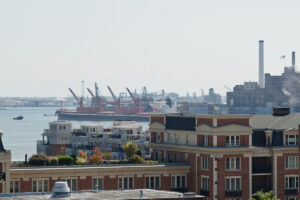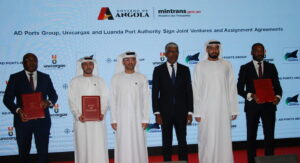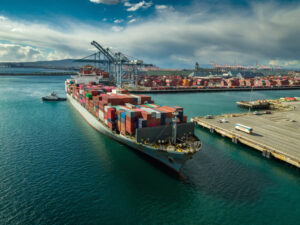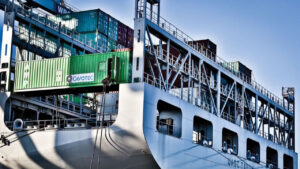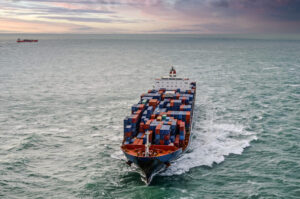The Port of Everett, located in Washington, USA, has been granted a Federal Rail Rehabilitation Improvement Financing (RRIF) loan for infrastructure projects that will support modernization.
The RRIF program, which includes USD $35 billion in available funding, was streamlined as part of the 2016 Grow America Act.
Everett, the first seaport to make it through the US Department of Transportation’s (USDOT) complex loan process, has used a $6 million grant to finance two initiatives, the Port’s Terminal Rail Improvements Phase II and the Cargo Transit Shed Relocation Project.
Sean Strawbridge discusses how America's energy is being moved in a recent Port Technology technical paper
The two projects, which are now complete, have increased the port’s on-terminal rail footprint from 9,200 lineal feet to 12,500 lineal feet, as well as providing an extra 40,000 square feet of warehouse space for rail loading.
According to a statement, enhanced on-terminal rail capacity, and more seamless ingress and egress, is vital to ensuring efficient freight mobility.
Lisa Lefeber, Port of Everett Acting CEO, said: “Navigating the complex permitting, regulatory and financial requirements to close a federal loan requires advanced planning, diligence, lots of patience and back-up plans.
The @PortofEverett is getting a nearly $6 million loan from @USDOT to #railroad improvements to its marine terminals. @aashtospeaks @AAPA_Seaports @AAR_FreightRail @InfraUSA https://t.co/49nkWg7dKG pic.twitter.com/BQDovc6ZKt
— Sean Kilcarr (@AASHTOsean) November 2, 2018
“Even though it is a relatively small loan amount, we stayed course because if successful, it would open up opportunities for larger projects in the future.
“Our diligence paid off, and we now have a financial contract framework to apply to other projects and USDOT loan programs in the future.”
Elaine L. Chao, US Transportation Secretary, added: “This funding will help fund a key port in Washington state to handle more cargo, thereby helping our country remain competitive in the increasingly global economy.”



